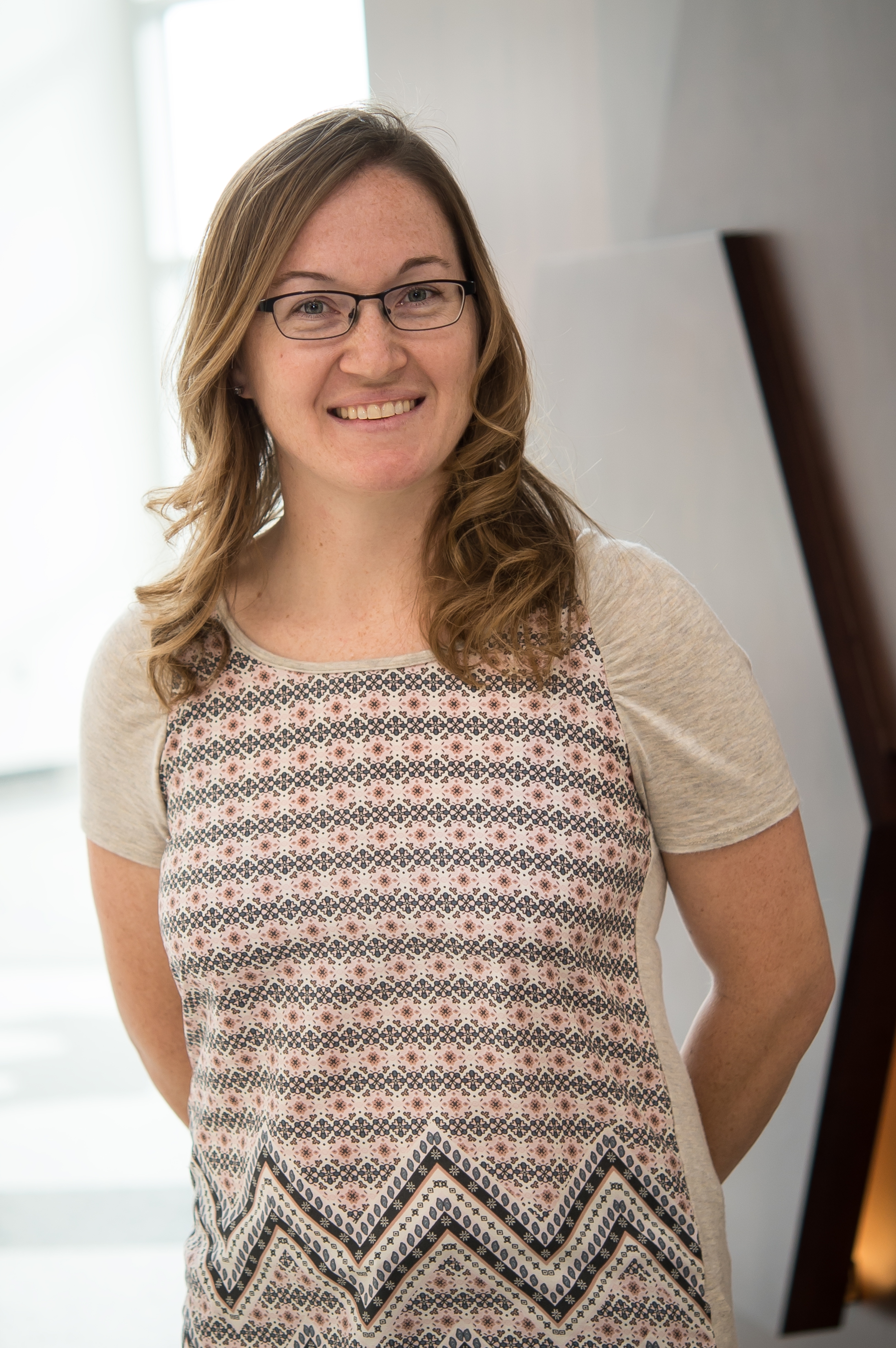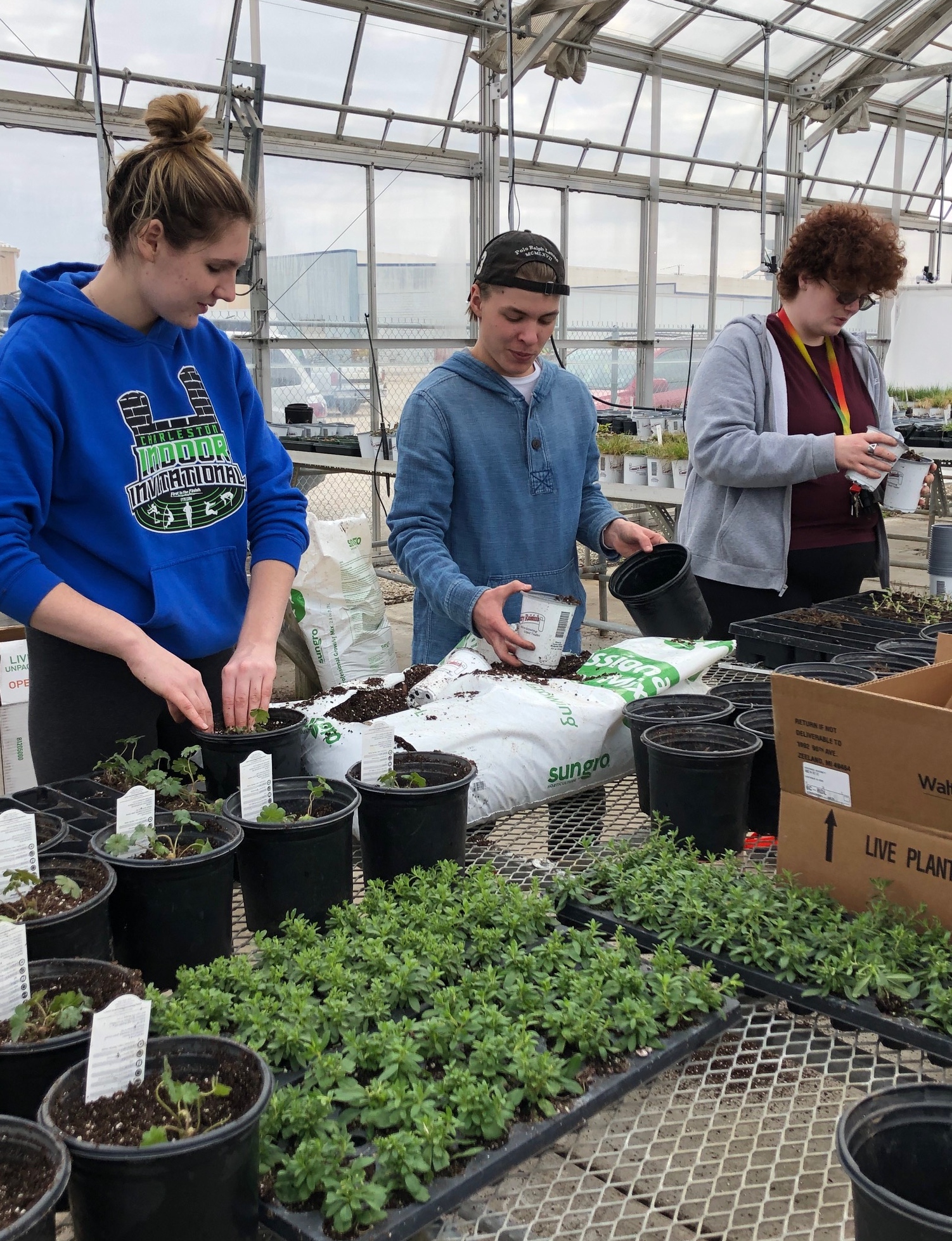COVID-19 inspired grow-your-own food movement causing seed shortages nationwide. VU and Purdue Ag experts weigh in - External Relations
COVID-19 inspired grow-your-own food movement causing seed shortages nationwide. VU and Purdue Ag experts weigh in
July 8, 2021
VINCENNES, Ind. - From sea to shining sea individuals are taking an interest in becoming more self-sustainable and began growing what’s on their plates rather than buying from a grocery store.
The explosion of food growing caused a national seed shortage as seed companies struggled to keep up with supply and demand, according to Vegetable Growers News.
A national survey by Bonnie Plants, the largest national supplier and producer of vegetable and herb plants in the United States, finds that younger generations are gardening, with nearly two in five Americans under 35-years-old growing food.
Vincennes University Horticulture major Christine Powers is embracing the movement.
"I decided to grow my own food because it is cheaper, it is easier to gather, and is fresher," Powers said. "It also reduces the carbon footprint on the planet because you do not have to drive to the store.”
The pandemic has shown us that stepping inside a supermarket doesn’t always guarantee that what you need is in stock and available for purchase.
 Jennifer Nettles
Jennifer Nettles
"Disruptions to the food supply chain, more time spent at home due to the COVID-19 pandemic, a desire to be more self-reliant, and a focus on improving well-being and mental health during a challenging period are factoring into why more people are growing or are interested in growing their own food,” Vincennes University Horticulture/Agriculture Coordinator Jennifer Nettles said.
More than 20 million Americans planted a vegetable garden for the first time during the COVID-19 pandemic, according to Bonnie Plants.
"Based on the availability of plants, there was definitely an increase in gardens,” Nettles said. "Looking back trying to find seeds for my greenhouse there were a lot of shortages, and we know that more people were buying seeds. As far as trees and shrubs, some were very hard to find.”
 Valerie Clingerman
Valerie Clingerman
Valerie Clingerman, an Extension Educator-Ag and Natural Resources/County Extension Director for Purdue Extension-Knox County, thinks what triggered the increase in gardening started with the COVID-19 pandemic.
"People were home more so they had time to garden and with some of shortages at the stores of other products (like toilet paper, meat, etc.) many were probably anticipating a food shortage at the stores as well,” Clingerman said. "I think another reason why people are interested in growing their own food is because they know how it was grown.”
A new VU Horticulture course this fall is for students interested in urban food production.
"We’re going to look at the food system, how it is grown, the history of the plant, where did it originate from, and also the plant’s nutritional value,” Nettles said.
Individuals interested in food and agriculture degree programs at VU have multiple options. The University also unveiled a state-of-the-art 45,000-square-foot Agricultural Center in 2019 that features 13 wooded acres, modern learning spaces, and bee colonies.
 Horticulture students in VU greenhouse
Horticulture students in VU greenhouse
VU offers an associate degree in Horticulture, the art and science of growing many types of plants such as vegetables, fruits, flowers, trees, and shrubs. The program offers courses such as Soil Science, Greenhouse Management, and Therapeutic Horticulture. Therapeutic gardening focuses on plant-dominated environments purposefully designed to facilitate interaction with the healing elements of nature, which potentially enhances positive human growth and well-being.
A two-year Agriculture program is a cooperative effort between VU and Purdue University dating back to 1957. Upon completing an associate degree, VU graduates can transfer to Purdue or another four-year institution, enter an ag-related profession, or return to the farm.
VU offers a new Sustainable Foods and Farming Systems concentration that transfers to Purdue. Students study the principles of design and management of integrated small farm systems whether it be organic, low-input, locally produced and marketed, or urban agriculture systems.
The Urban Agriculture program teaches students about agriculture which takes the form of backyard, rooftop, and balcony gardening, community gardening in vacant lots and parks, roadside urban fringe agriculture, and livestock grazing in open space. Students develop hands-on skills in urban farming as well as a unique understanding of environmental health, urban development, and fresh food opportunities.
There has been an uptick in more people setting up coops in their backyards and raising chickens for a supply of fresh eggs, which has coined the term COVID cluckers.

Learning to grow your own food or feeding your community can lead to rewarding experiences.
Powers of Jeffersonville, Indiana has embraced gardening for many reasons. She grows tomatoes, peppers, and lettuce.
"The benefits of growing your own food are that it is healthier, you know what you put on them (for example fertilizer and or pesticides), tastes better, and the product is rewarding for the labor you put into it," Powers said. "I just simply enjoy the fact I get to watch my plants grow and see the hard work I put into the plants to grow and actually produce the flowers or vegetables or fruits that pop up."
Clingerman notes the many benefits that come with growing your own food, such as exercise, therapy, sense of achievement, stress relief, connecting with family while working together in a garden, or meeting new people to exchange stories and tips.
Clingerman added, "It is a constant learning experience because every year is different.”
Zoomers (a.k.a. Gen Z) are typically known to prefer fresh, natural, and wholesome foods, according to a 2019 Food Marketing Institute US Grocery Shopper Trends study. Growing it yourself checks all those boxes especially during a pandemic can be a hobby, a way of knowing what you are eating, a money saver, a mood booster, and a path to a fruitful career.
###
